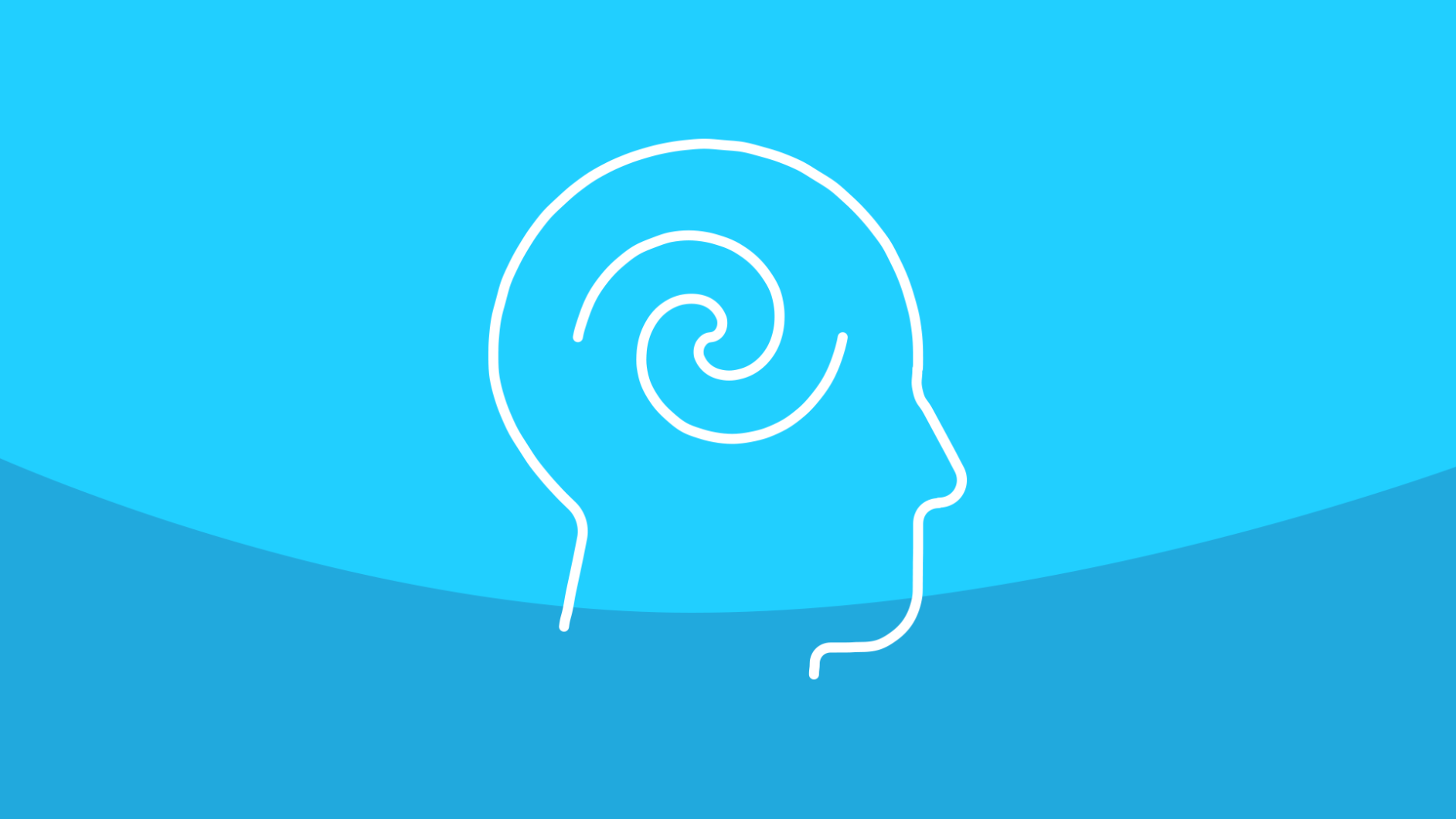Do you remember being a kid, standing on the front lawn with your arms stretched out wide, and spinning around and around and around until you felt dizzy enough to fall over? It was such a fun feeling. Having that sensation as an adult—while sitting still—is much less exhilarating.
One morning last month, I sat up in bed and felt like I was on a Tilt-a-Whirl. It wasn’t a minor disorientation that sometimes comes with sitting up suddenly. It felt like I had consumed a bottle of wine. When I stood up to go to the bathroom, I had to hold on to the walls and furniture around me to walk.
When I managed to sit still or lay down in one position for a period of time, the spinning would stop. But as soon as I moved my body—or even my head—the room turned back into a merry-go-round. What’s more, as anyone who has stayed too long on an amusement park ride can attest, the frequent spinning was making me feel nauseated.
Unable to see my doctor for an evaluation because of the shelter-at-home mandates, I researched online and discovered I had what appeared to be a classic case of vertigo.
What is vertigo?
Vertigo is not an illness in and of itself, but a symptom. “Vertigo is a spinning sensation or sensation of motion,” says Gary Linkov, MD, the founder and medical director of City Facial Plastics and the chief of otolaryngology/head and neck surgery at the Brooklyn Veterans Hospital in New York.
Dr. Linkov indicates that episodes of vertigo can last seconds, minutes, hours, or even days, and be caused by something as minor as an inner ear infection to as serious as multiple sclerosis.
Thankfully, most cases of vertigo are relatively harmless. “It is usually caused by irritation of the inner ear,” says William Buxton, MD, a neurologist and director of neuromuscular and neurodiagnostic medicine and of fall prevention for Pacific Neuroscience Institute at Providence Saint John’s Health Center in Santa Monica, California. “If the vertigo is solely due to a problem in the inner ear, individuals should not have other symptoms other than [potentially] hearing symptoms.”
Dr. Buxton points out the importance of paying close attention during an episode, and of getting a proper diagnosis. “It needs to be distinguished from other forms of dizziness, such as feeling lightheaded (often caused by cardiac or vascular problems, potentially serious) or wobbly (which can be caused by a wide range of problems from the brain to nerves and muscles in the legs, ranging from mild to serious),” he says. He adds that patients who experience additional symptoms such as double vision, difficulty swallowing, or sudden balance loss particularly if these symptoms are new-onset, should seek urgent medical attention as those combinations can represent a stroke or other serious brain problem.
Mercifully, my vertigo manifested solely as the sensation of movement, and my episodes lasted less than a minute each. Unfortunately, my episodes of vertigo came frequently. “Most episodes come and go,” says Dr. Linkov. “It can also resolve and relapse years later.”
What triggers vertigo attacks? How is vertigo treated?
For vertigo caused by inner ear trouble, there are two main causes. The most common is Benign Paroxysmal Positional Vertigo (BPPV). “We have crystals in our ears that move when we move, telling our brains that we are moving,” says Dr. Buxton. “These crystals sometimes fall out of place (usually with age or after trauma), causing our brains to think we are spinning when we are not. This usually is triggered by lying down with one’s head turned to one side or the other.”
To diagnose BPPV, healthcare providers can perform certain maneuvers (like Dix-Hallpike testing). If BPPV is diagnosed, there are other maneuvers (like the Epley maneuver) that can be done in the provider’s office to dislodge the crystals. Dr. Buxton cautions against doing these maneuvers at home without first speaking to a healthcare provider. “There are some situations, such as artery or skeletal problems in the neck, in which maneuvers may need to be modified.” In certain cases, your provider may also order a brain CT or MRI scan as well as more advanced tests to make sure there is no other underlying disease presenting as vertigo.
Vertigo can also be caused by an infection in the inner ear called vestibular neuronitis. This infection is usually viral and can also cause nausea and vomiting. “Treatment is aimed at managing symptoms with medications for nausea and with meclizine, a mild sedative that helps reduce the feeling of spinning,” says Dr. Buxton. “Staying hydrated is essential and sometimes requires intravenous fluids.”
Less commonly, vertigo can be caused by Meniere’s Disease, a disorder in which there is excessive fluid in the inner ear. Along with vertigo, it can cause tinnitus (ringing in the ears—typically more of a hum or roar than a high-pitched sound) and hearing loss. With Meniere’s Disease, attacks usually last a few days and can lead to hearing loss over time. A medical examination is needed for a diagnosis of Meniere’s Disease. Treatment begins with a reduction of salt intake, and most patients will need to take a diuretic.
RELATED: Vertigo treatment and medications
What is it like living with vertigo?
Because it is a symptom not a condition, experiences can vary. For me, the vertigo episodes happened with each head movement for the first week and the spinning sensation was intense. How did I cope with vertigo? Dimenhydrinate, a medication for motion sickness, helped lessen the severity of the attacks, but made me feel drowsy. I found that lying down in one position felt most comfortable, but sitting upright for a while lessened the episodes over time.
In the month since I first started experiencing vertigo, my episodes have gradually become far less frequent and severe. I can go most of the day without feeling a spinning sensation, and when I do feel it, it is mild and passes quickly.
While I still don’t have a definitive answer for what caused my vertigo, I am happy that it finally seems to be settling down. I’ll leave the spinning to the carefree children.











